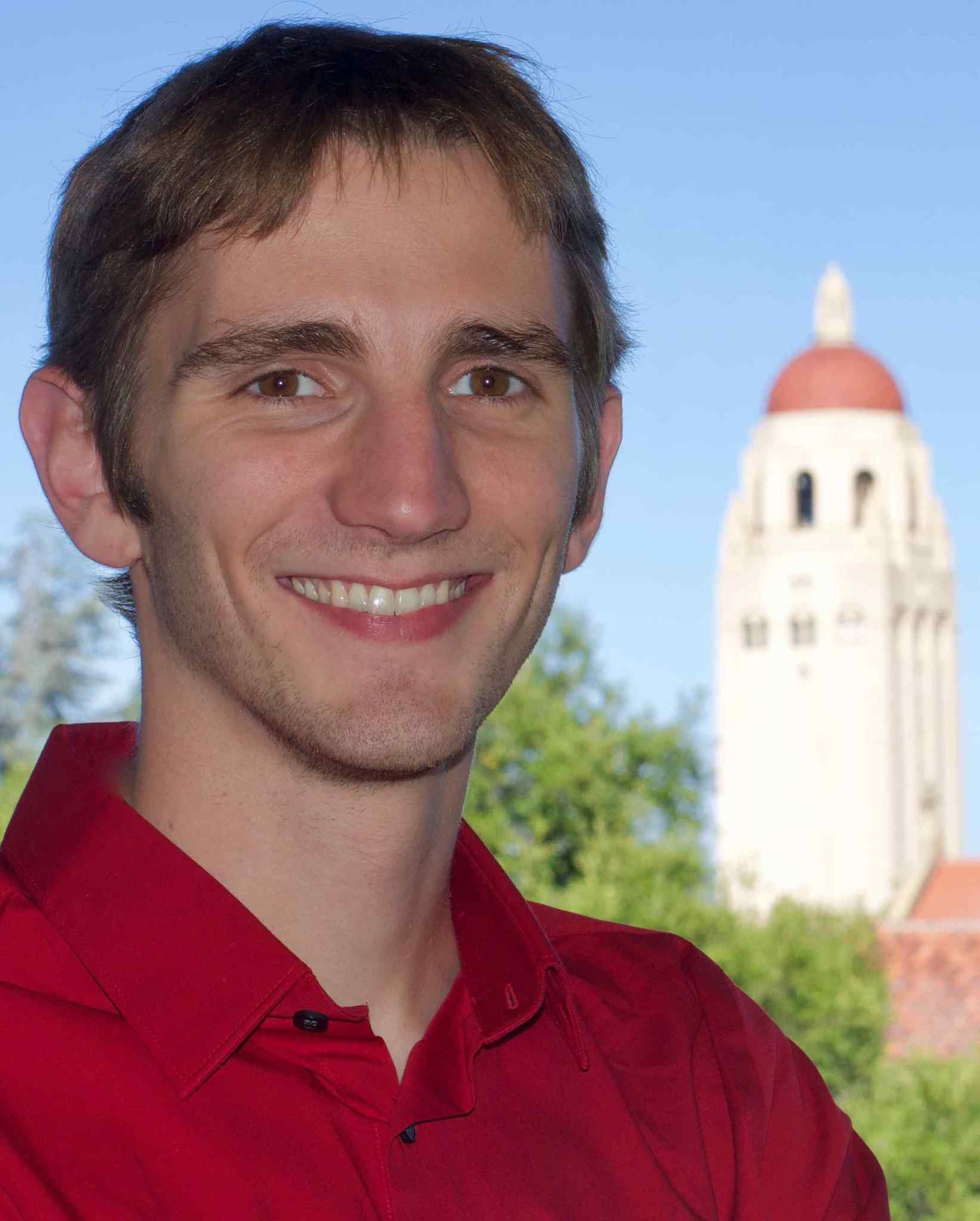Matthew Willis
Stanford University
This work will develop the guidance and control algorithms necessary for real-time maneuver planning and execution for spacecraft formations using low-thrust control, in line with the goals of TA 5.4.2 Onboard Auto Navigation and Maneuver and TA 5.4.5 Autonomous Precision Formation Flying. It lies at the intersection of three technologies crucial for future missions. Formation flying is needed to enable missions which require large spatial distributions and thus preclude the use of monolithic platforms. Electric propulsion will increase the lifespan and capability of missions beyond low earth orbit by reducing propellant mass. Autonomy is essential for missions to other planets in which communication to earth is slow and costly, and is made particularly challenging by the limited processing speed of flight hardware. To fuse these technologies while ensuring robustness and efficiency, the proposed research will take advantage of relative orbital elements (ROE), an emerging paradigm for relative state representation which replaces rapidly varying and geometrically opaque state vectors with slowly varying, physically significant parameters. Research objectives lie along three closely-related but independent paths.
First is the direct application of existing ROE theory to the problem of low-thrust formation flying. Important focuses are the generalization of the shortest-path impulsive control scheme to continuous, low-thrust control and determination of delta-v lower bounds in that context. The ultimate product will be efficient numerical algorithms for optimal low-thrust formation control around a central body with perturbations from oblateness, drag, solar radiation pressure, third bodies, etc.
Second is extension of the generic ROE framework to strongly perturbed environments such as small bodies and libration points. This will draw on the fact that the ROE are integration constants of the equations of relative motion. The advantages of ROE may be obtained in related problems by considering the integration constants of a minimally-reduced dynamics model. Applications of interest include the New Worlds Observer telescope formation concept around Sun-Earth L2, proximity operations and servicing in cis-lunar space in support of manned lunar missions, and gravity recovery of asteroids and natural satellites.
Last is the development of a low-thrust testbed in Stanford’s Space Rendezvous Laboratory (SLAB) for validation of GNC algorithms through hardware-in-the-loop testing. The construction of a thermal vacuum chamber facility for operating CubeSat electric propulsion systems will support SLAB’s high-fidelity validation environment. The combined elements of SLAB’s testing environment will enable rapid testing of GNC subsystems on space-capable components, including sensors, processors, actuators, and associated algorithms. Visiting technologist experiences will facilitate exchange of testing practices and sharing of software and hardware resources to support a broader range of missions.
This project constitutes an important contribution to the state of the art in precision formation flying and onboard guidance and control by providing a direct path from theoretical advances, through algorithm development, and finally to implementation and validation in satellite hardware. By systematically increasing the TRL of GNC algorithms for low-thrust formation flying, the proposed research will enable a host of future missions across a wide range of orbital regimes. These include earth observation and earth science missions, on-orbit satellite servicing, space telescopes for direct observation of exoplanets, gravitational wave detection, gravity recovery and surveying of small bodies, and many more.



























